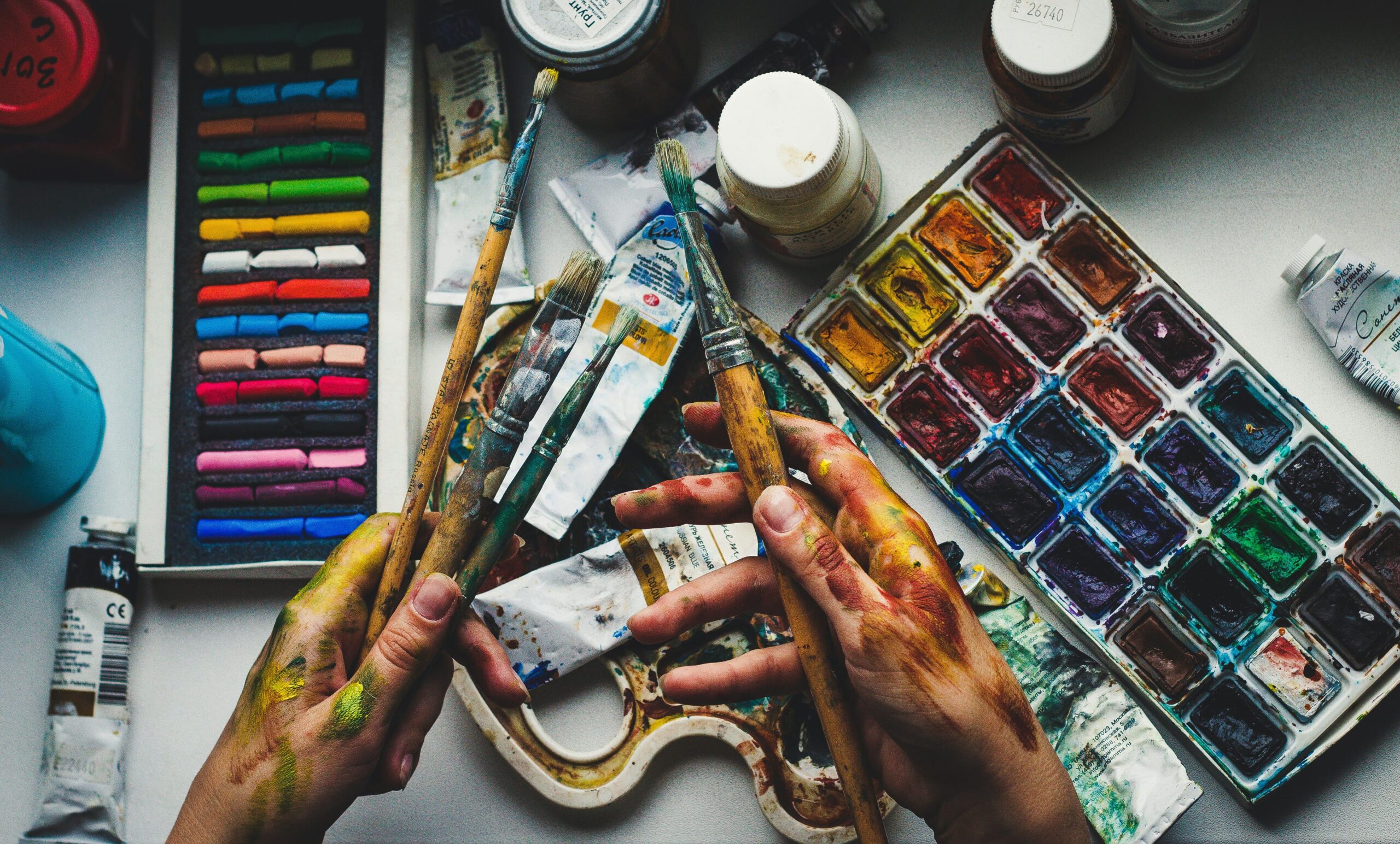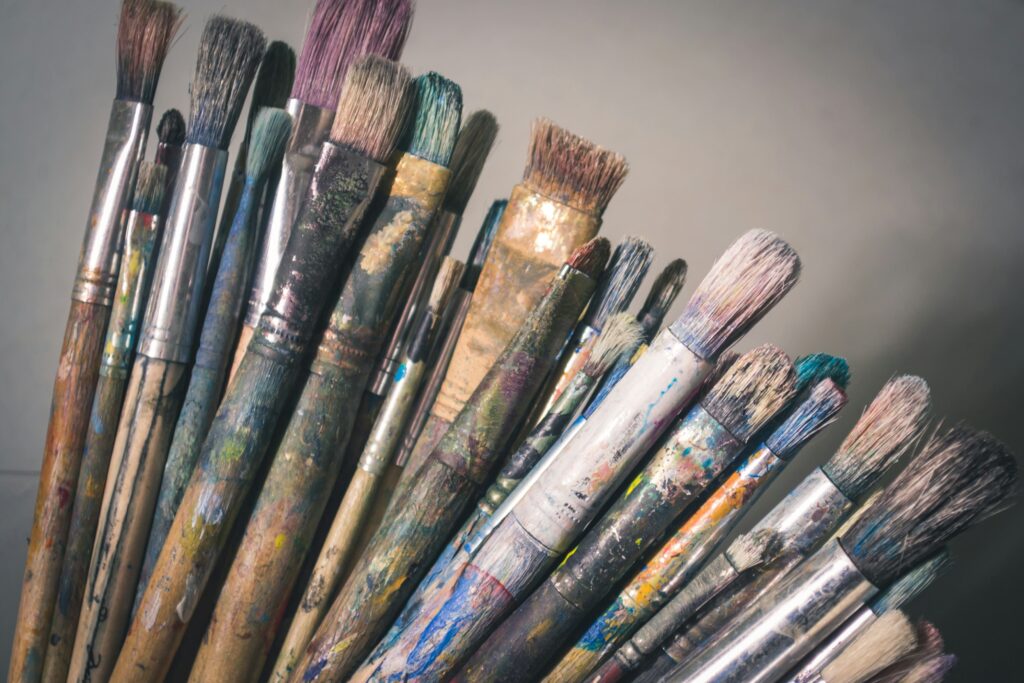Now Reading: Success Stories of Art Therapy in Addiction
-
01
Success Stories of Art Therapy in Addiction
Success Stories of Art Therapy in Addiction

Explore success stories of art therapy in addiction recovery. Discover how creative expression helps individuals heal, grow, and maintain lasting sobriety.
Introduction
Addiction recovery is not a one-size-fits-all process. While talk therapy, medication, and support groups form the core of many recovery programs, creative therapies are increasingly making a lasting impact. Among them, art therapy stands out as a powerful, nonverbal approach that allows individuals to express their emotions, rebuild self-worth, and process trauma safely.
In this article, we’ll explore real-life success stories of art therapy in addiction recovery. These stories offer hope and proof that healing through creativity isn’t just possible—it’s powerful.
What Is Art Therapy?
Art therapy is a mental health practice that uses visual art—like painting, drawing, or sculpting—as a therapeutic tool. Led by licensed art therapists, it helps individuals externalize difficult emotions, reduce stress, and process experiences that may be hard to put into words.
📊 According to the American Art Therapy Association, art therapy can reduce symptoms of depression, anxiety, and PTSD, all of which are common among those struggling with addiction 1.
Art therapy is especially effective for people in recovery because it allows them to explore identity, release guilt, and build healthier emotional habits—all without needing advanced artistic skills.
Why Art Therapy Works in Addiction Recovery
🎨 1. Nonverbal Emotional Release
Many people in recovery struggle to talk openly about their feelings. Art therapy provides a safe outlet for expressing pain, anger, or shame without judgment.
🧠 2. Rewiring the Brain
Creating art stimulates areas of the brain associated with pleasure, planning, and reflection. These are the very regions impaired by addiction.
🤝 3. Boosting Self-Esteem and Purpose
Finishing an artwork—no matter how simple—can create a sense of accomplishment. This helps rebuild confidence and self-worth, which are vital in recovery.
🌱 4. Supporting Mindfulness
Art therapy encourages individuals to focus on the present moment, improving mindfulness, which is linked to reduced relapse risk.
📊 A 2020 study published in Frontiers in Psychology found that patients in recovery who engaged in art therapy showed improved emotional regulation and lower levels of substance cravings 2.
Real Success Stories of Art Therapy in Addiction Recovery
These personal journeys highlight how art therapy helped individuals find strength, purpose, and sobriety.
🖌 Sophia’s Story – Healing Childhood Trauma Through Art
After years of battling opioid addiction and a painful childhood, Sophia entered a residential recovery center where art therapy was a weekly activity. At first, she was skeptical. “I thought it was just painting for fun,” she says.
But as she began to create, something shifted. “When I painted a stormy sea, I realized I was painting my own fear,” she recalls. Her art therapist encouraged her to explore those feelings. Over time, Sophia began to understand her trauma—not just intellectually, but emotionally.
Today, she’s been sober for over two years and continues to paint every week. “Art helped me say what I couldn’t speak,” she says.
🎨 Jamal’s Story – Rebuilding Identity After Relapse
Jamal had tried rehab twice before but always relapsed. During his third program, art therapy was introduced as part of his group sessions.
“I wasn’t into art,” he admits. “But then I drew a mask and realized I’d been hiding for years.”
Through collage and drawing exercises, Jamal explored his identity, his shame, and his hopes for the future. He even created a vision board of his life in sobriety.
That visual became a daily reminder of his goals. Now sober for 18 months, Jamal says, “Art gave me something to hold on to—something that looked like a future.”
🖼 Maria’s Story – Reconnecting With Her Inner Child
Maria struggled with alcohol dependency for over a decade. Her therapist suggested art therapy to help her reconnect with emotions she had long buried.
“I didn’t expect to cry while coloring,” Maria laughs. “But I was drawing a playground, and I realized I couldn’t remember the last time I felt safe.”
That session opened the door to deep emotional healing. Maria began journaling through art, and even created a series of paintings about her journey from addiction to freedom.
She now volunteers at a community art program for women in recovery. “If I can share hope through color and canvas, I will,” she says proudly.

Integrating Art Therapy into Recovery Programs
Many rehabilitation centers now include art therapy as part of their offerings, either as individual therapy, group sessions, or creative workshops.
Common art therapy exercises in addiction programs:
- Drawing emotions as colors or symbols
- Mask-making to explore identity
- Collage for vision boards or memory maps
- Mandala coloring for mindfulness
- Journaling with illustrations
Each activity is guided by a therapist trained in helping clients process emotions safely through creative expression.
What Makes These Success Stories Possible?
The success stories of art therapy in addiction show that recovery isn’t only about quitting a substance—it’s about finding new ways to live, feel, and connect.
Several elements support these outcomes:
- A nonjudgmental space to explore emotions
- Therapeutic guidance to process insights
- A sense of progress through creative milestones
- Community support through shared group art sessions
📊 According to research published in The Arts in Psychotherapy, individuals in addiction recovery who engaged in regular art therapy reported higher satisfaction with their treatment and improved relapse prevention outcomes 3.
Final Thoughts
The success stories of art therapy in addiction remind us that healing is not linear—and it’s not always verbal. For many, the canvas becomes a mirror, the brush a voice, and the process a path forward.
Art therapy helps people find beauty in brokenness, meaning in memories, and hope in their own hands. Whether someone is painting their past, sketching their future, or simply coloring the present, each stroke is a step toward lasting sobriety.
You don’t have to be an artist. You just have to be willing to try.
“Recovery taught me how to live again. Art gave me the courage to feel it.” – Anonymous
References
- American Art Therapy Association. (2022). What is Art Therapy? https://arttherapy.org/about-art-therapy ↩
- Haeyen, S., van Hooren, S., van der Veld, W. M., & Hutschemaekers, G. (2020). Measuring the effects of art therapy in adults with personality disorders. Frontiers in Psychology, 11, 584685. ↩
- Slayton, S. C., D’Archer, J., & Kaplan, F. (2010). Outcome studies on the efficacy of art therapy: A review of findings. The Arts in Psychotherapy, 37(3), 105–111. ↩
























